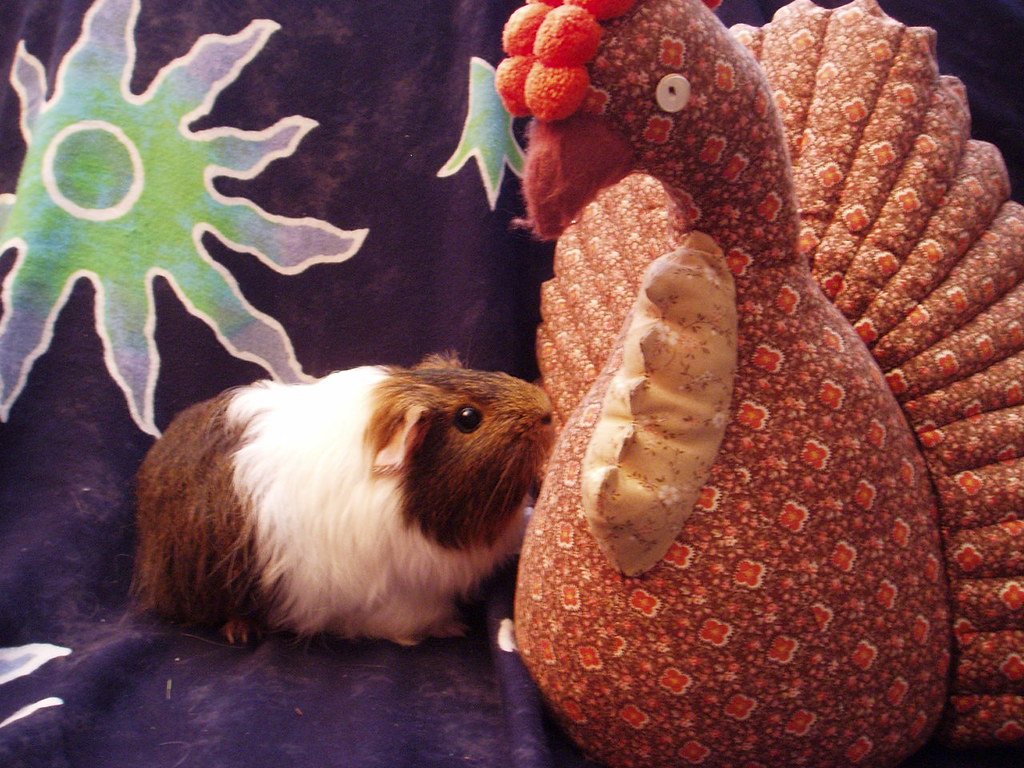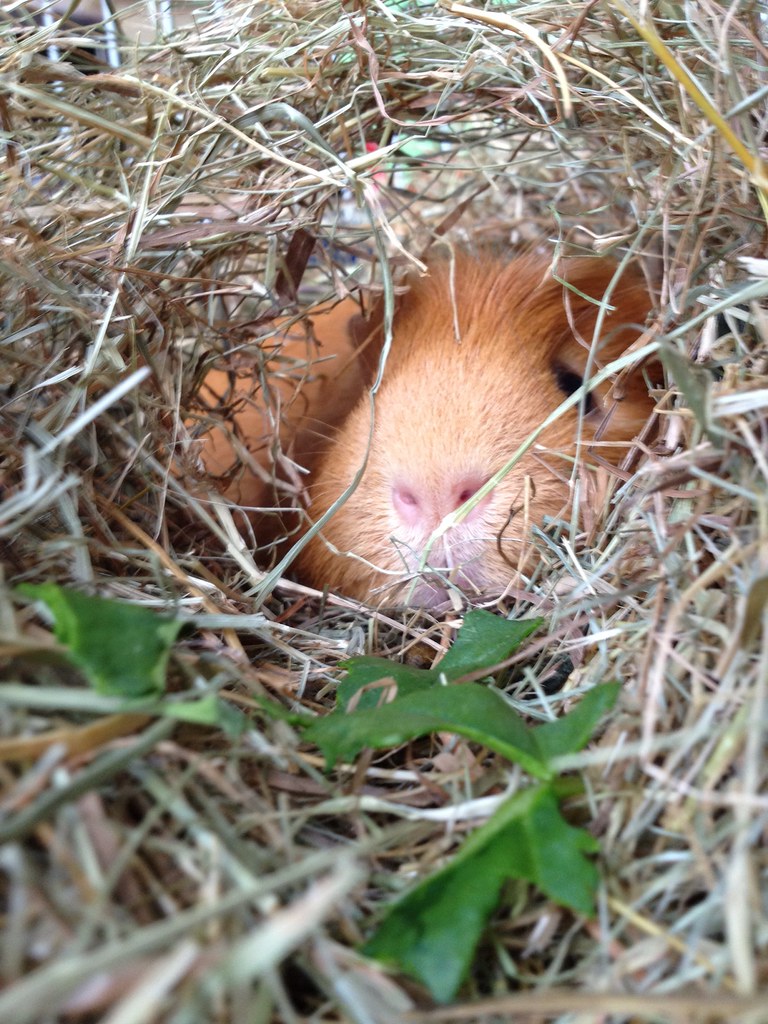When it comes to our furry friends, guinea pigs have a special place in our hearts. These adorable creatures have a unique charm, and many pet owners find themselves captivated by the question: How big can guinea pigs get? exploring their growth patterns and shedding light on the factors that influence their size.
The Intricacies of Guinea Pig Growth

Guinea pigs, scientifically known as Cavia porcellus, exhibit intriguing variations in size. Understanding their growth patterns is crucial for providing optimal care and ensuring their well-being. From the moment these tiny companions enter our lives, their size becomes a topic of curiosity and sometimes, even surprise.
Nature’s Blueprint: Genetics
Genetics play a pivotal role in determining the size of guinea pigs. Just like humans, these small rodents inherit traits from their parents, influencing their ultimate size. Exploring the genetic nuances behind guinea pig growth can unveil the mystery behind why some end up as petite pals while others become substantial in size.
Nutritional Nuggets: Diet’s Impact on Size
Beyond genetics, the diet of guinea pigs contributes significantly to their size. The quality and quantity of food they consume can influence their growth trajectory. Delving into the nutritional needs of these little companions is akin to deciphering a well-kept secret, unlocking the potential for optimal health and growth.
The Journey from Tiny to Tremendous
Guinea pigs undergo a fascinating journey from birth to adulthood, and their growth stages are marked by distinct physical changes. From the initial moments of fluffiness to the development of sturdy bodies, witnessing the transformation of these creatures adds an extra layer of joy to the bond we share with them.
Pint-sized Marvels: Baby Guinea Pigs
Baby guinea pigs, also known as pups, enter the world as tiny miracles. Exploring their initial days of life reveals the delicate balance of care required to nurture them into healthy, thriving companions. But, how do these pint-sized wonders transition into the robust companions we envision?
Adolescence Unveiled: Teenage Guinea Pigs
As guinea pigs enter their teenage phase, marked by adolescent growth spurts, pet owners often find themselves marveling at the changes. Unraveling the mysteries of this crucial phase sheds light on the nutritional requirements and environmental factors that contribute to their growth.
The Factors Beyond Size: Understanding Guinea Pig Health
While the focus on guinea pig size is undeniably captivating, it’s essential to zoom out and consider the broader spectrum of their health. A healthy guinea pig is a happy guinea pig, and maintaining their well-being encompasses factors beyond mere dimensions.
The Vital Role of Exercise
Exercise is a cornerstone of guinea pig health. Exploring the ways in which these furry friends engage in physical activity not only contributes to their overall fitness but also impacts their size. From playful dashes around their living space to the joyous jumps, understanding their exercise needs ensures a harmonious life.
Environmental Enrichment: A Key to Happiness
Creating an enriching environment for guinea pigs goes beyond the confines of size. Mental stimulation, social interaction, and a cozy living space contribute to their overall happiness. Investigating the elements that make their living quarters a haven for joy provides insights into maintaining a holistic approach to guinea pig care.
Conclusion: Size, Health, and the Joy of Guinea Pig Companionship
In the grand tapestry of guinea pig ownership, size is but one thread. As we unravel the complexities of their growth, it becomes evident that the journey goes beyond mere dimensions. Nurturing these small creatures into robust companions involves a delicate dance of genetics, nutrition, and overall well-being.
Embark on this delightful exploration of guinea pig growth, where the joy of companionship is not measured in inches but felt in every squeak, hop, and nuzzle.
FAQs: Unlocking More Insights About Guinea Pig Sizes
Q1: Can the size of guinea pigs be influenced by their living environment?
Absolutely. While genetics and diet are primary factors, the living environment also plays a crucial role. Providing a spacious and enriching habitat encourages natural behaviors and contributes to overall well-being, influencing their size positively.
Q2: Are there specific breeds of guinea pigs that tend to be larger than others?
Yes, different guinea pig breeds have distinct size characteristics. Breeds like the American and Abyssinian guinea pigs are generally larger, while others, like the Skinny Pig, are smaller. Understanding breed-specific traits adds another layer to the intriguing world of guinea pig sizes.
Q3: How can I ensure my guinea pig maintains a healthy size throughout its life?
Maintaining a well-balanced diet, providing ample opportunities for exercise, and creating a stimulating environment are key. Regular veterinary check-ups also contribute to early detection of any health issues that might affect their size.
Q4: Do male and female guinea pigs differ in size?
Yes, there can be slight differences in size between male and female guinea pigs. However, the impact of gender on size is generally less significant compared to factors like genetics and diet.
Q5: Can guinea pigs continue to grow beyond their adolescent phase?
While the most substantial growth occurs during the early stages, guinea pigs may experience some degree of growth throughout their lives. However, it’s important to monitor their weight and adjust their diet accordingly to ensure a healthy and proportionate size.

